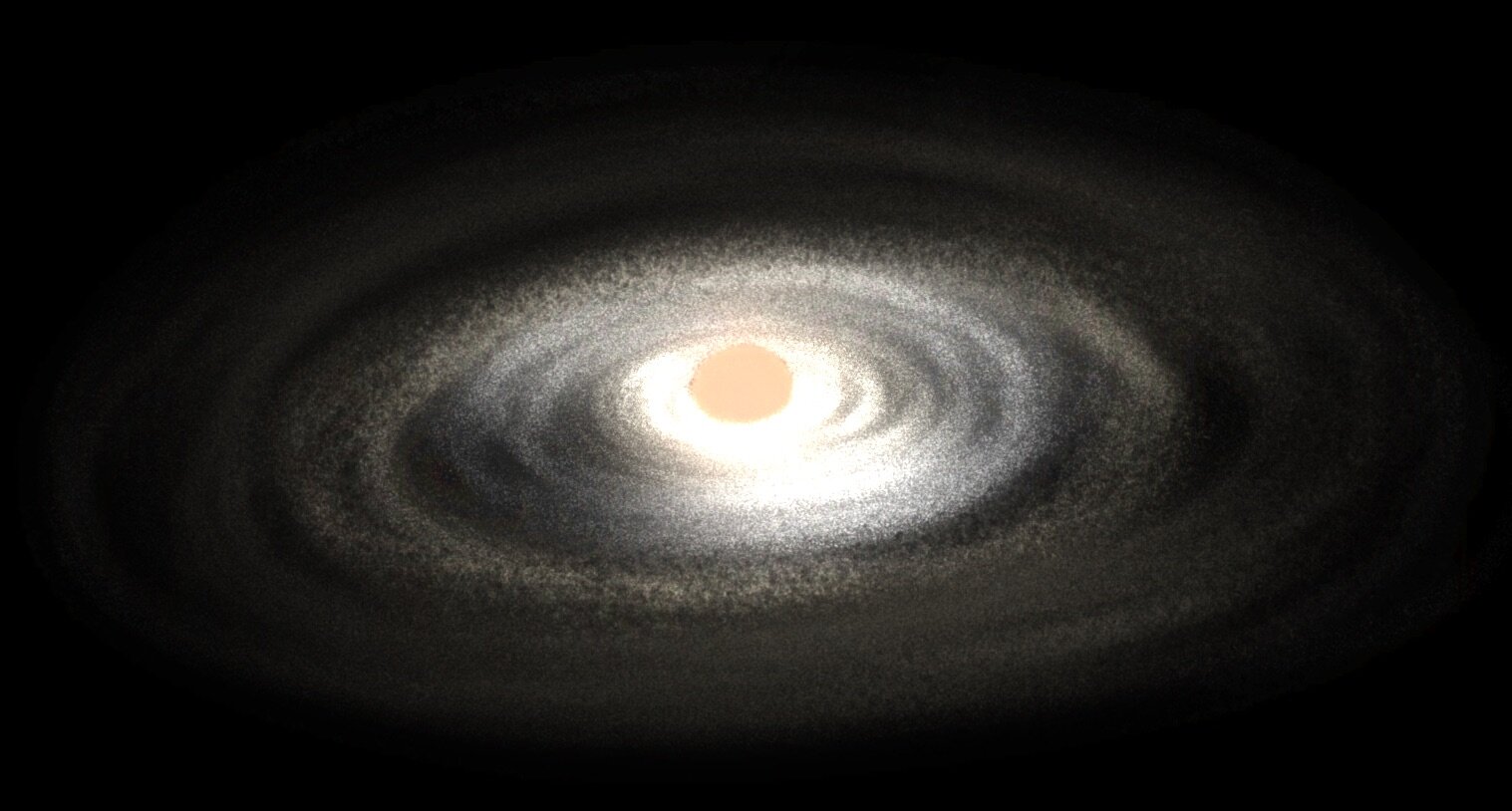Astronomers have studied stars that are hidden from us by gas and dust for various reasons. They found that completely different luminaries belong to this category. Some of them were born yesterday by cosmic standards. Others are extremely old.

Finding the “hidden” stars
Scientists have known for a long time that there are stars in the Milky Way that are almost imperceptible in the visible part of the spectrum, despite the fact that, in general, they are quite large and bright. Recently, scientists have found a completely new variety of them, which they have nicknamed “old smokers.”
An international team of scientists led by Professor Philip Lucas from the University of Hertfordshire made their groundbreaking discovery after monitoring almost a billion stars in infrared light during a 10-year study of the night sky. All started when they discovered dozens of rare newborn luminaries known as protostars. They are in the early stages of their existence and are still collecting gas from their surroundings.
That is why most of them are hidden from view in visible light by a large amount of dust and gas in the Milky Way, but infrared light can penetrate through these clouds, allowing scientists to see them for the first time.
Purpose of the new study
Astronomers from the UK, Chile, South Korea, Brazil, Germany and Italy conducted their research using the VISTA telescope (Visible and Infrared Survey Telescope). Their target was a special type of protostars with powerful flares. At this point, they resemble squalling newborns, which are hard to ignore.
These flares occur in a disk of matter that slowly rotates and forms a new solar system. They help the newborn star in the center to grow, but make it difficult for planets to form. The team found 32 flares of protostars that increased their brightness by at least 40 times and, in some cases, by more than 300 times.
Most of the flares are still ongoing, which has allowed astronomers to analyze for the first time a large batch of these mysterious events during their evolution — from the initial calm state, through the peak of brightness and to the stage of decline.
Unexpected research results
However, the main news was still ahead. Near the center of the Milky Way, scientists discovered 21 stars that radiated mainly in the red part of the spectrum. The most interesting thing is that during the 10-year observation, they showed periodic bursts of activity. It was very similar to “squalling newborns”, but these luminaries are not like that.
An analysis of the spectra of seven of these stars compared with data from previous studies led to the conclusion that they are actually a new type of red giant stars. Professor Dante Minniti at Andrés Bello University, Chile, the founder of the study, said: “These elderly stars sit quietly for years or decades and then puff out clouds of smoke in a totally unexpected way. They look very dim and red for several years, to the point that sometimes we can’t see them at all.”
Another clue regarding this new discovery lies in the location of these dwindling giant stars. They are concentrated in the deepest part of the Milky Way, known as the Nuclear Disk, a region where stars tend to be richer in heavy elements than anywhere else.
This should facilitate the condensation of dust particles from the gas in the relatively cold outer layers of the red giant stars. However, how this leads to the ejection of puffs of dense smoke, which the team observed, remains a mystery. The matter ejected from the old giants plays a key role in the life cycle of the elements, helping to shape the next generation of stars and planets.
It was believed that this happened mainly in well-studied types of star, called the Mira variable. However, the discovery of a new type of stars that eject matter may be of great importance for the spread of heavy elements in the nuclear disk and metal-rich regions of other galaxies.
According to phys.org
Follow us on Twitter to get the most interesting space news in time
https://twitter.com/ust_magazin


